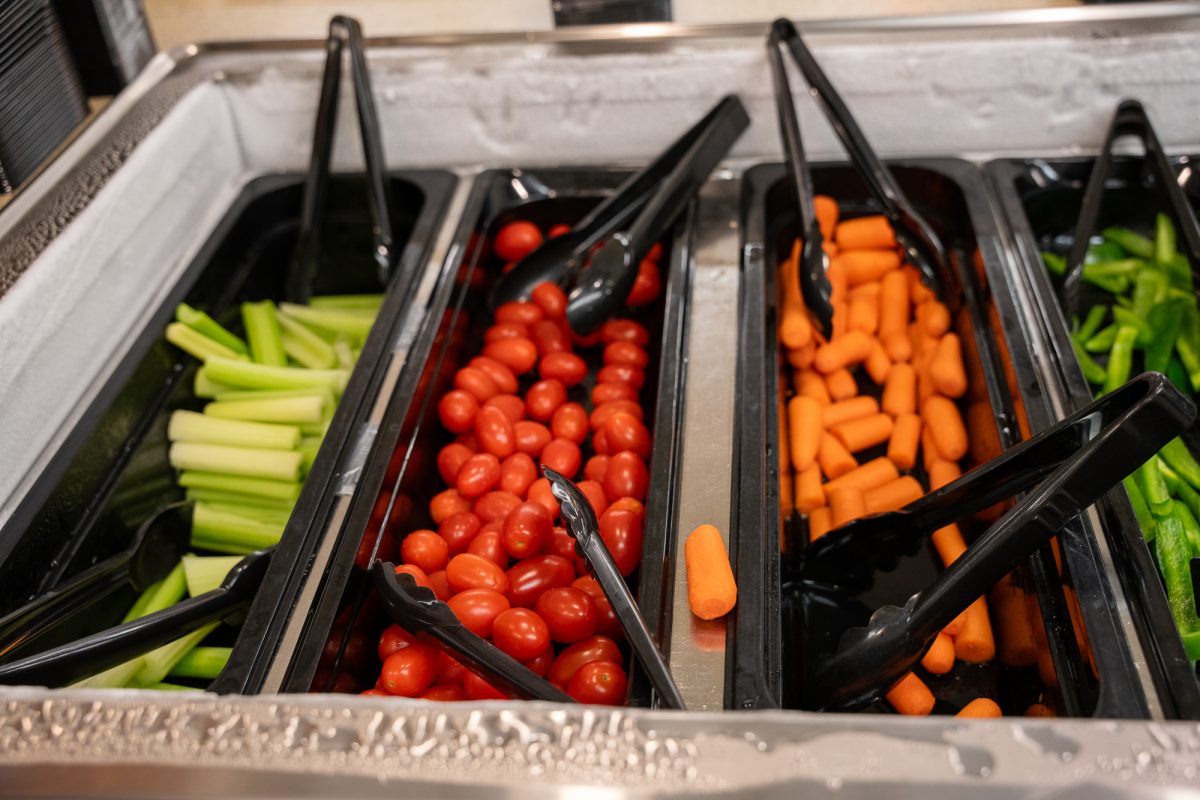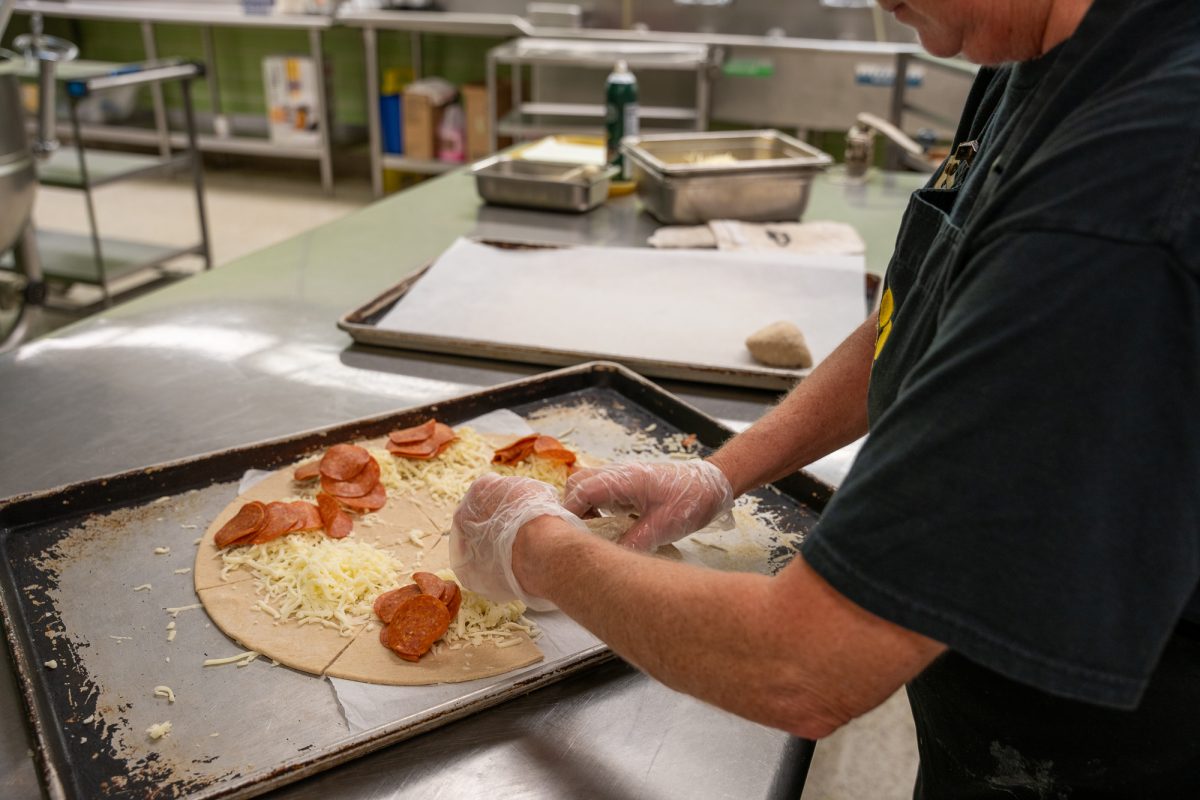“The chicken nuggets bounce. You can play ping pong with them!”
This statement was shouted by my classmate when a representative from Marshall Middle School came to my elementary school to provide expectations for the sixth grade. I will always remember the rumors of radioactive and rubber meat made about my elementary school’s less-than-satisfactory chicken nuggets.
But times have changed, as has school food quality.
Ever since the days of bouncy chicken nuggets, I have noticed that school food always seems to get a bad rap. I disagree. People who have not indulged in school cafeteria food since they were little still seem to be under the impression it has not changed at all.
I often hear students in the hallway tell their friends how they always pack their own meals and could never eat a school lunch. Or that they cannot believe that others “actually eat that stuff”, as though they are describing Chernobyl sludge. I simply do not understand where this consensus comes from. A simple glance into the different cafeteria stations immediately reveals that NASH cafeteria food looks very normal, and not even close to the level that some describe it as.
I will agree that there have been some things that understandably steer folks away from eating what the school provides (i.e., the bouncy chicken nuggets), but the quality of these options has improved considerably over the years. Perhaps the disgust voiced by my fellow students comes from a place of bias and a lack of care. Regardless, I think the phrase “don’t knock it til’ you try it” applies here.
For example, my go-to lunch of choice never disappoints. I typically order chicken tenders or a chicken sandwich. Of course, these meals are not fine cuisine, but they are hardly inadequate. I have never skipped gayly into the lunch line awaiting this meal with a big smile on my face, but it is consistently tasty. NASH’s food has never disappointed me or stooped to the level of being unpalatable.

One argument I can get behind as to why people do not like school food is the concern of healthiness. It is hard to make the argument that school lunches can match the heartiness of a lunch from home. Home lunches can consist of whatever a student wants, not just what the school provides, allowing far more freedom and enjoyment. Along with healthiness, allergies and diet restrictions also play a role in a student’s opinion on school lunches. Packing provides access to many more alternatives for students who need them. It is difficult for the school to match the sheer amount of options available, so home lunches definitely win in that department.
Nonetheless, the widespread disdain towards NASH’s school cafeteria food from my fellow classmates is not deserved in the slightest. North Allegheny provides a good number of options, like salad, pizza, burgers, and chicken. The food is of a much better quality than students often make it out to be, and I can say that from first-hand experience. Far too much slander surrounds the subject of lunch food, and I stand by the consensus that it is not only a viable option but a good one, too.


